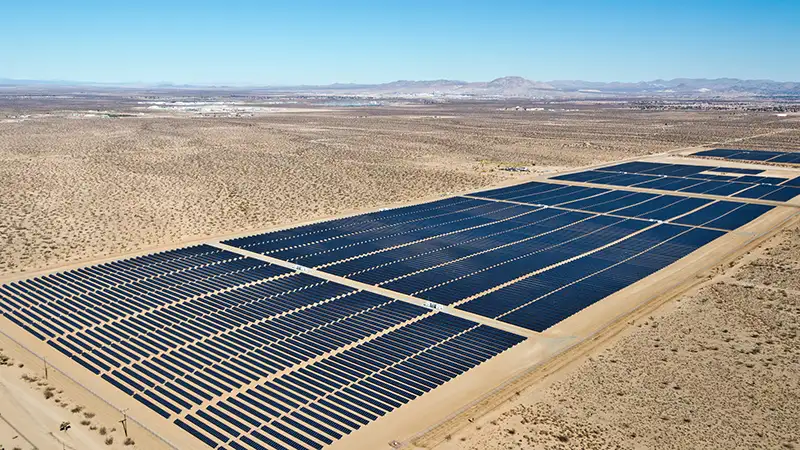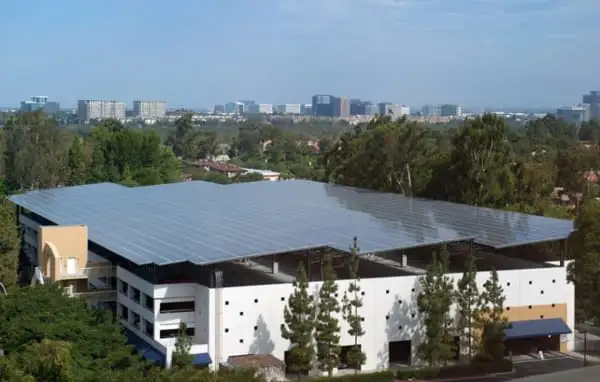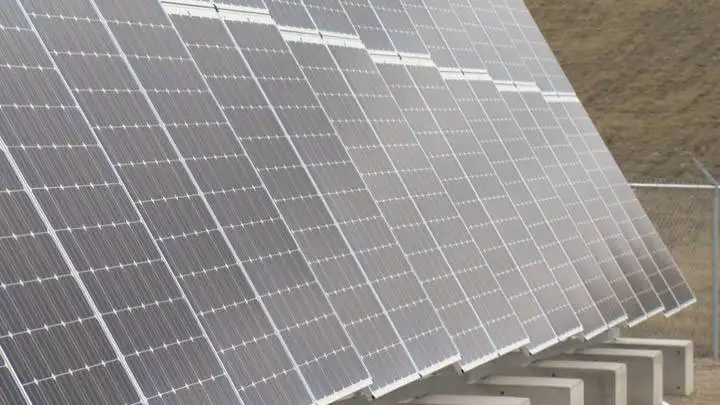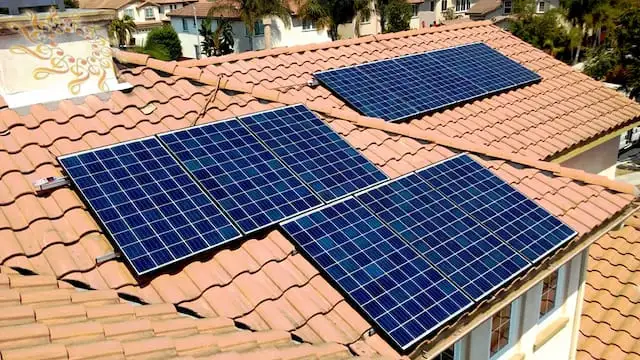A California Bill Would Require Solar Panels on All New Buildings
Protective Relay Training - Basic
Our customized live online or in‑person group training can be delivered to your staff at your location.

- Live Online
- 12 hours Instructor-led
- Group Training Available
California Solar Panel Mandate requires new buildings to install photovoltaics or solar water heating, advancing renewable energy, cutting emissions, and aligning building codes with San Francisco's ordinance and statewide climate policy goals.
Key Points
California law requiring new buildings to install solar PV or solar water heating boosting energy and cutting emissions.
✅ Applies to new buildings; PV or solar water systems required.
✅ Aligns with San Francisco ordinance; enhances building codes.
✅ Supports state goals: emissions cuts, 50% renewables by 2030.
The new statewide legislation is modeled after a San Francisco ordinance that went into effect on January 1st.
California Senator Scott Wiener introduced legislation on Monday that would require certain buildings erected in the state to be equipped with solar panel installations as part of the state's push toward renewable electricity standards.
California law already requires all residential and commercial buildings under 10 stories to have at least 15 percent of the roof clear of obstructions and shade—in other words, “solar ready.” Wiener’s legislation goes a step further, mandating that either solar photovoltaic or solar water panels actually be installed on any new rooftops to bolster resiliency as California avoids rolling blackouts during extreme heat.
Buildings constructed after January 1st are subject to the ordinance, which is modeled after a San Francisco ordinance introduced last year by Wiener, formally a member of the city’s Board of Supervisors.
“People are frustrated with the slow pace of moving toward renewable energy, and people have a sense of urgency that we don’t have time to waste,” Wiener told the San Francisco Chronicle. “We need to move away from a carbon-based economy.”
After the Trump administration, which is full of climate deniers, takes power later this month, state-level climate action will become all the more important. And California, home to the world’s eighth largest economy, is poised to be a climate leader. While Trump has promised to “cancel” the Paris Agreement, California is still committed to drastically cutting emissions and getting half of it’s energy from renewable sources by 2030, and the state continues to weigh a 100% carbon-free electricity mandate as part of that trajectory.
But there is a more effective way for California cities to become greener than increasing the number of solar panels, according to Vox’s Brad Plumer: Ease the restrictions on housing density and tap new funding to go green through practical programs. People in cities tend to have a smaller carbon footprint than those in rural areas, Plumer writes; they walk more, live in smaller spaces, and use less energy. This is especially true in temperate regions like California, where residents don’t have to use heat or air conditioners to create habitable homes. Plumer even did the math:
"If San Francisco relaxed its restrictions and enabled, say, an additional 10,000 people to move from elsewhere in the Bay Area to the city, we could expect that to cut 79,000 metric tons of CO2 per year (to a first, crude approximation). This is three times as much CO2 as the solar panel law would save."
Equipping buildings with solar installations should absolutely be a standard operating procedure, especially now that solar energy is now as cheap, or less expensive, than fossil fuels, as California recently made more clean energy than it needed during peak generation. But California has pledged to reduce its carbon emissions to 40 percent below 1990s levels by 2030, and no single program or policy will get us there—especially if the state has to pick up the slack as federal support for becoming a carbon neutral society wanes.











